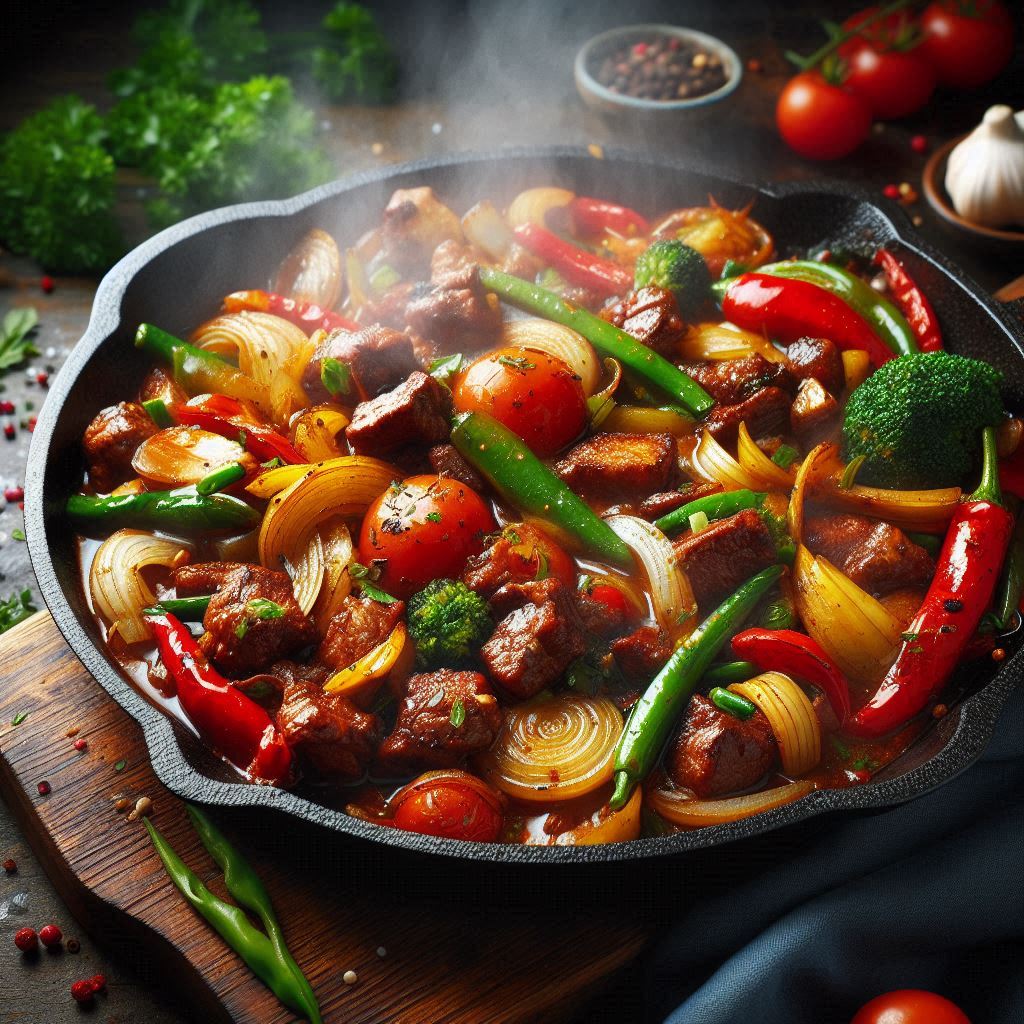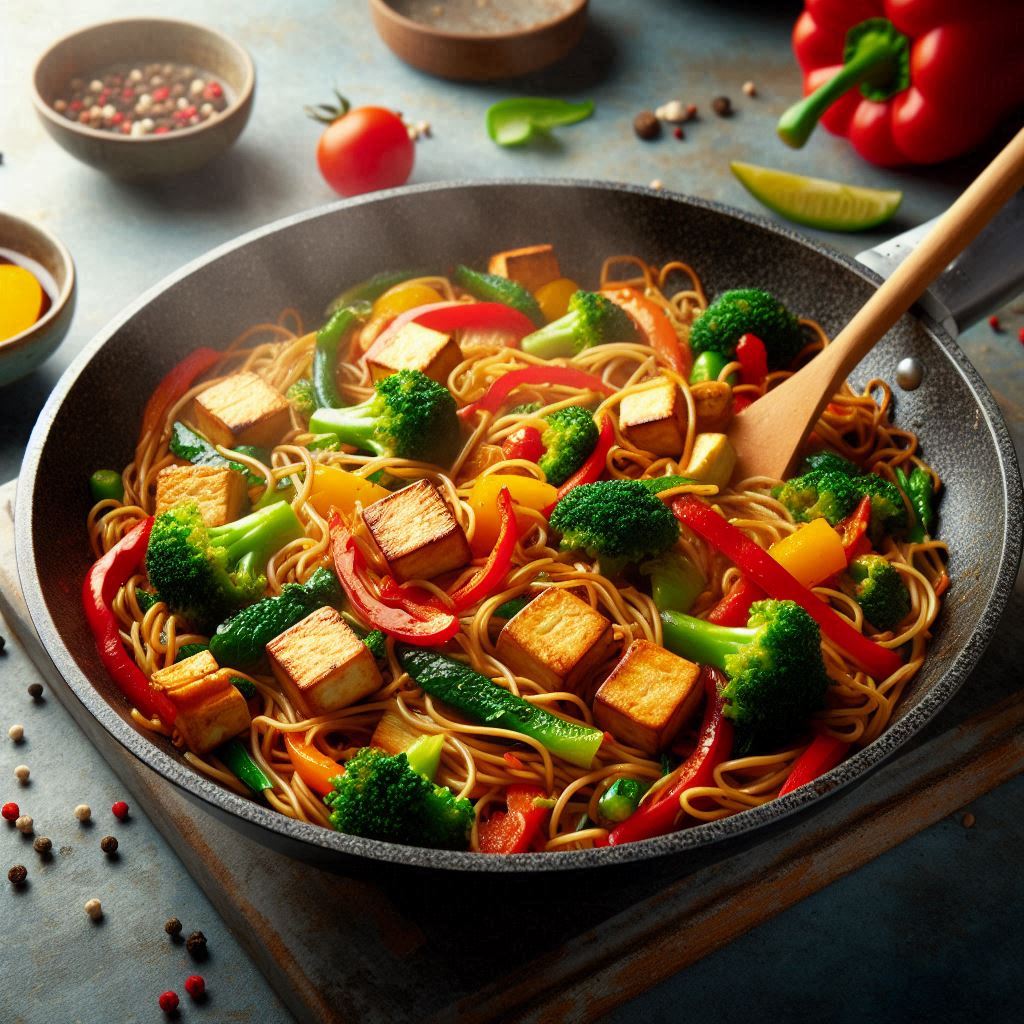The Role of MLCC in Electric Skillet

Electric skillets have become a staple in many kitchens due to their versatility, convenience, and efficiency. A critical component that contributes to the performance and reliability of these appliances is the multilayer ceramic capacitor (MLCC). This guide explores the role of MLCC in electric skillets, its benefits, and its impact on the overall functionality and durability of the appliance.
Understanding MLCC
Multilayer ceramic capacitors (MLCC) are passive electronic components that store and release electrical energy. They are made by stacking multiple layers of ceramic dielectric material and metal electrodes. MLCC are known for their high capacitance, low equivalent series resistance (ESR), and ability to function in a wide range of temperatures and frequencies.

Key Roles of MLCC in Electric Skillets
1. Power Supply Smoothing
Electric skillets require a stable power supply to maintain consistent cooking temperatures. MLCC help smooth out fluctuations in the power supply, ensuring a steady flow of electricity to the heating elements. This stability is crucial for even cooking and preventing overheating.
2. Noise Filtering
MLCC play a significant role in filtering out electrical noise that can interfere with the operation of the electric skillet. By filtering out high-frequency noise, MLCC help ensure that the appliance operates smoothly and efficiently, without interference from external electronic devices or fluctuations in the power grid.
3. Temperature Stability
Electric skillets need to maintain consistent temperatures to cook food evenly. MLCC are designed to function effectively over a wide temperature range, making them ideal for use in appliances that generate heat. They help regulate the temperature within the skillet, ensuring that it remains stable and efficient.
4. Energy Efficiency
MLCC contribute to the energy efficiency of electric skillets by optimizing the power consumption. They store and release energy as needed, reducing the overall energy consumption and helping the appliance operate more efficiently. This efficiency can lead to lower energy bills and a more environmentally friendly kitchen appliance.
Benefits of Using MLCC in Electric Skillets
1. Enhanced Durability
MLCC are known for their durability and reliability. By incorporating MLCC into electric skillets, manufacturers can enhance the lifespan of the appliance. These capacitors are resistant to wear and tear, ensuring that the skillet remains functional over extended periods of use.
2. Improved Performance
The stability and efficiency provided by MLCC translate to improved performance of the electric skillet. Users can enjoy consistent cooking results, with precise temperature control and reduced risk of overheating or power surges affecting the appliance.
3. Compact Design
MLCC are compact and lightweight, making them ideal for use in modern electric skillets, which are designed to be sleek and space-efficient. Their small size allows manufacturers to design more compact appliances without sacrificing performance or reliability.
4. Cost-Effectiveness
Despite their advanced functionality, MLCC are cost-effective components. Their inclusion in electric skillets can improve performance and durability without significantly increasing the overall cost of the appliance. This makes high-quality electric skillets accessible to a broader range of consumers.
Applications of MLCC in Electric Skillets
1. Temperature Control Circuits
MLCC are used in the temperature control circuits of electric skillets to ensure precise and stable temperature regulation. They help maintain the desired cooking temperature, preventing fluctuations that can affect cooking results.
2. Power Supply Circuits
In the power supply circuits, MLCC smooth out voltage fluctuations and filter noise, ensuring a stable and consistent power supply to the heating elements. This stability is crucial for the efficient operation of the electric skillet.
3. Timer Circuits
Electric skillets often feature timers that allow users to set cooking durations. MLCC are used in these timer circuits to ensure accurate and reliable timing functions, enhancing the convenience and functionality of the appliance.
4. Safety Circuits
Safety is a critical aspect of electric skillet design. MLCC are used in safety circuits to monitor and regulate electrical parameters, preventing issues like overheating, short circuits, and electrical surges that could pose a risk to users.
Choosing the Right MLCC for Electric Skillets
1. Capacitance
The capacitance of the MLCC is a crucial factor to consider. It determines the amount of electrical charge the capacitor can store. For electric skillets, MLCC with a capacitance range suitable for smoothing power supply fluctuations and filtering noise are essential.
2. Voltage Rating
The voltage rating of the MLCC should match or exceed the operating voltage of the electric skillet. This ensures that the capacitor can handle the voltage without risk of failure or damage.
3. Temperature Coefficient
The temperature coefficient indicates how the capacitance of the MLCC changes with temperature. For electric skillets, MLCC with a stable temperature coefficient are preferred to ensure consistent performance across a range of cooking temperatures.
4. Size and Form Factor
The size and form factor of the MLCC should fit the design specifications of the electric skillet. Compact and lightweight MLCC are ideal for modern, space-efficient appliances.
5. Reliability
Reliability is a critical factor in choosing MLCC for electric skillets. High-quality MLCC from reputable manufacturers ensure long-term performance and durability, reducing the risk of appliance failure.
Recommended MLCC for Electric Skillets from Samsung and Yageo
When choosing multilayer ceramic capacitors (MLCC) for electric skillets, both Samsung and Yageo offer high-quality options. Below are some recommendations from each manufacturer that are well-suited for this application.
Samsung MLCC Recommendations
1. Samsung CL10B104KA8NNNC
- Capacitance: 0.1 µF
- Voltage Rating: 50V
- Temperature Coefficient: X7R
- Package/Case: 0603
- Features: Good for general purpose applications, stable over a wide temperature range.
2. Samsung CL21A106KAYNNNE
- Capacitance: 10 µF
- Voltage Rating: 25V
- Temperature Coefficient: X5R
- Package/Case: 0805
- Features: High capacitance, suitable for smoothing and filtering applications.
4. Samsung CL31B105KBHNNNE
- Capacitance: 1 µF
- Voltage Rating: 50V
- Temperature Coefficient: X7R
- Package/Case: 1206
- Features: Ideal for power supply circuits, providing stability and reliability.
Yageo MLCC Recommendations
1. Yageo CC0603KRX7R9BB104
- Capacitance: 0.1 µF
- Voltage Rating: 50V
- Temperature Coefficient: X7R
- Package/Case: 0603
- Features: High reliability, suitable for general filtering and decoupling applications.
2. Yageo CC0805KKX5R8BB106
- Capacitance: 10 µF
- Voltage Rating: 10V
- Temperature Coefficient: X5R
- Package/Case: 0805
- Features: High capacitance, ideal for power smoothing and decoupling.
3. Yageo CC1206KRX7R9BB105
- Capacitance: 1 µF
- Voltage Rating: 50V
- Temperature Coefficient: X7R
- Package/Case: 1206
- Features: Robust and reliable, suitable for power supply stabilization and noise filtering.
Why These MLCC Are Suitable
- Capacitance: These MLCC offer a range of capacitance values suitable for various functions within electric skillets, such as smoothing power supply fluctuations and filtering noise.
- Voltage Rating: The selected MLCC have voltage ratings that meet or exceed typical requirements for electric skillet circuits, ensuring safe and reliable operation.
- Temperature Coefficient: X7R and X5R are common temperature coefficients for MLCC, providing stability across a wide temperature range, which is crucial for cooking appliances.
- Package Size: The 0603, 0805, and 1206 package sizes are common and versatile, fitting well within the compact design of modern electric skillets.
Both Samsung and Yageo are reputable manufacturers known for their high-quality and reliable components. Selecting the right MLCC from these recommendations will help enhance the performance, durability, and efficiency of your electric skillet.

Future Trends in MLCC Technology for Electric Skillets
1. Miniaturization
As technology advances, MLCC are becoming smaller and more efficient. This miniaturization trend allows manufacturers to design even more compact and lightweight electric skillets without compromising performance or reliability.
2. Higher Capacitance
Ongoing research and development in MLCC technology are leading to capacitors with higher capacitance values. This can further enhance the power supply smoothing and noise filtering capabilities of electric skillets, improving overall performance.
3. Enhanced Temperature Stability
Future MLCC are expected to offer even better temperature stability, ensuring consistent performance in electric skillets under varying cooking conditions. This can lead to more reliable and efficient appliances.
4. Eco-Friendly Materials
There is a growing emphasis on sustainability in electronics manufacturing. Future MLCC may be made from eco-friendly materials, reducing the environmental impact of electric skillets and contributing to more sustainable kitchen appliances.
Conclusion
MLCC are integral components that significantly enhance the performance, durability, and efficiency of electric skillets. By smoothing power supply fluctuations, filtering noise, and providing stable temperature regulation, MLCC ensure that electric skillets operate reliably and efficiently. As MLCC technology continues to advance, the future holds even more possibilities for improved performance and sustainability in kitchen appliances. Understanding the role and benefits of MLCC can help consumers make informed decisions when choosing electric skillets, ensuring they get the best value and performance from their appliances.
